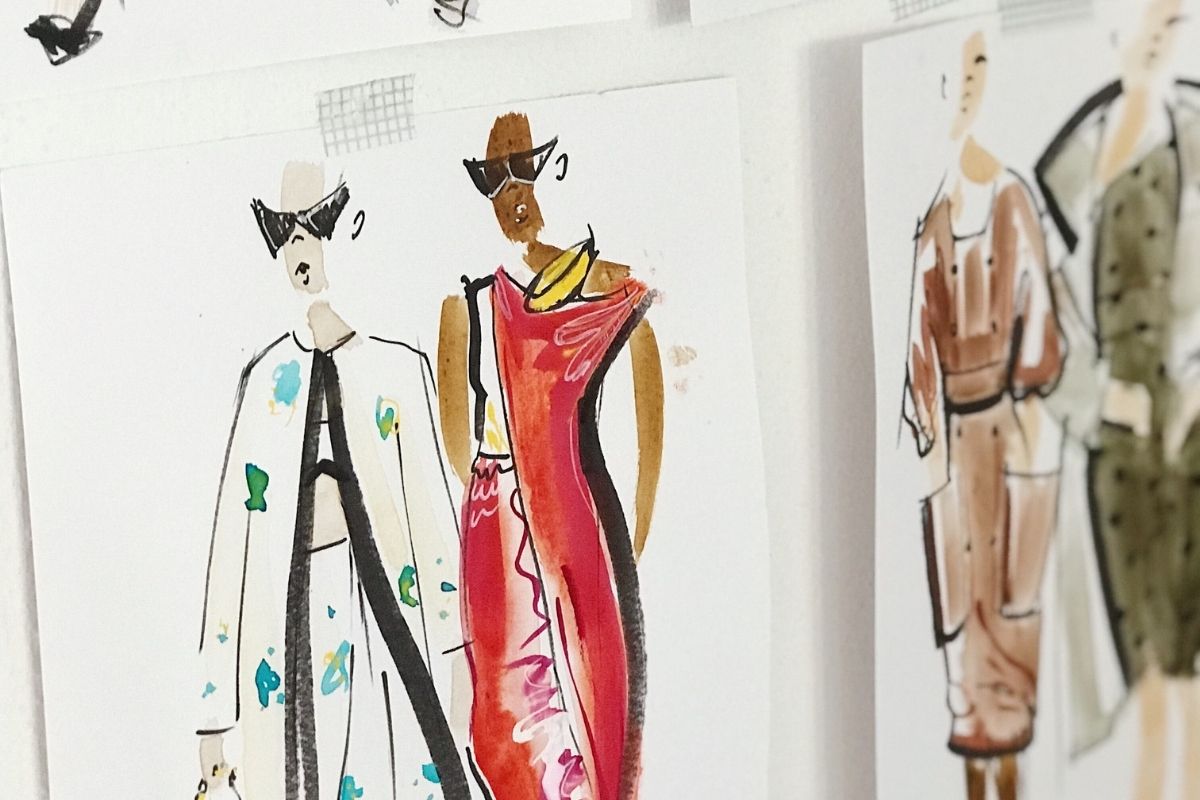Ecommerce: Apps and Sites: Activity: Customer Journey
We talk a lot about making customer journey maps. When creating these journey maps, we think about what channels we are operating in—marketing or distribution channels.
So we say, “Let’s design a retail experience travel map.” Then we’ll create another for an entire sale experience where the customer starts in a department store. We might even make a journey map for someone who buys on Instagram. Perhaps we make a journey map that doesn’t necessarily end in a sale. Yet, it could begin with a repair or someone who comes in for a cleaning or an event.
Consider the channels, personas, and touchpoints as you create your journey map. Underneath each of those small touchpoints, write down some of the characteristics you think you’ll be able to capture and identify about that consumer that might be useful for you to market and sell to them.
Make use of any archetype of your choice. When shopping online, consider walking through the consumer journey. A Google search is an excellent place to start. People come across the webpage and visit it. They’re looking through the filters. Consider all of the possible filters that someone would desire. I’d like you to go over each of those processes with me online. Walk through the gaps and consider where you will spend the majority of your time and where you will waste it.
Consider whether they ever make it to the point of purchase. If so, how was your experience? Then give me an overall timeframe because the most crucial factor will be how long it takes our consumer. Are they taking the time to read your blog? Do they pause to read the reviews? Include all of the facts you’ve gathered so far.
Now imagine us moving through a person interacting with an ad on social media, clicking the ad, and seeing where they go, where they land, how they buy, what their feelings are, and what’s going on in their heads.
This is how we choose where we spend our money and what we should prioritize. This exercise will undoubtedly assist you in better understanding your customer journey to choose the most effective route.


